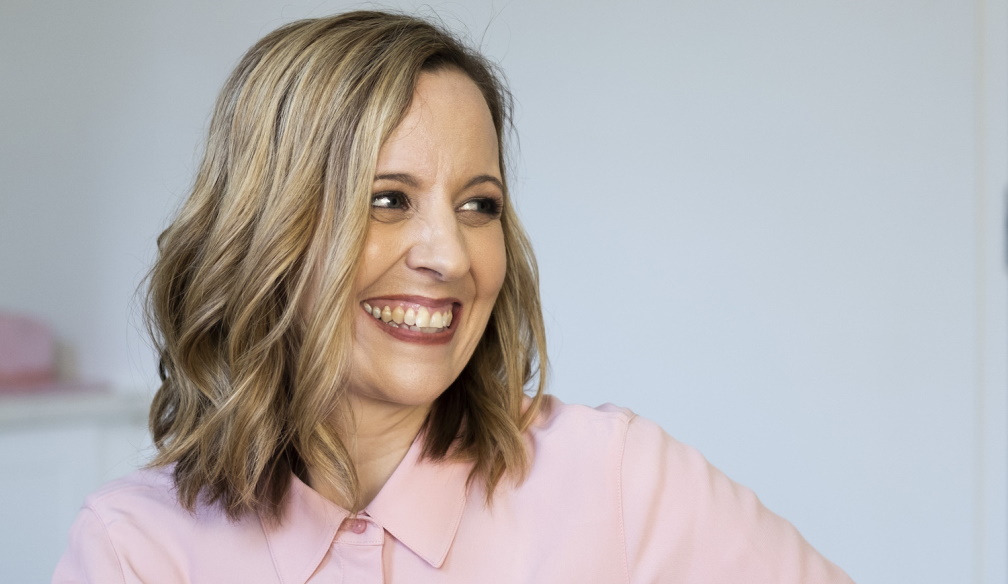Exploring the value of financial strategy in small business
- Written by Sharon Crombie, CEO & Founder, MicroChilli

A lot of entrepreneurs and small business owners I know and work with are amazingly talented and creative individuals. However, they don’t necessarily have the experience or knowledge when it comes to the financial side of running a company.
So, inevitably, it’s one of those things that gets put off! So long as they have their accounting and bookkeeping software and can send and receive invoices, they can continue to run their businesses.
However, focusing not only on the day-to-day, but exploring the bigger picture, planning ahead, and developing a financial strategy is important to ongoing success – and it’s not just for large corporations. Importantly, it can be affordable for small business owners too.
A new financial year is the perfect time to engage in this process, so below are some of my key tips for approaching this aspect of your operations.
Firstly, why plan ahead?
While small business owners are some of the busiest people I know, I cannot stress how much value there is in taking the time out to consider your long- and short-term goals, and ensuring your financial performance reflects them.
Analysing the current state of your business via your numbers allows you to see how you’re tracking against them, gives you a clearer picture when it comes to your success, and allows you to identify key trends in the data.
This vital information can then be used to make adjustments to remedy issues that are identified, as well as leveraged to grow the business further, so that you avoid either reaching a plateau, or having to close your doors.
Solidifying financial goals with a small business budget
Once you’ve identified what your long and short goals are, it’s time to create some assets that will allow you to clearly see what needs to be done to achieve them. This is where the budget and cash flow forecasting come into play.
A small business budget is super valuable, as it helps you put your intentions to paper. It can cover a three, six, or 12-month period, and should include three key things: the company’s fixed costs, such as rent, utilities, subscriptions, and wages (including your own salary), variable costs like the materials you need to create products, one-off investments in things like technology or other equipment, and casual employee wages. Thirdly, there’s also your anticipated earnings to account for.
The best way to plug this information in, is to look back at your historical data. It will give you an idea of your past incomings and outgoings, plus aim to include any new client earnings you expect to receive in the new year, as well as extra expenses you expect to incur.
Developing a cash flow forecast to track success
While your budget outlines your overall plan for the period, the cash flow forecast measures how you’re performing: it includes details about the company’s actual results.
The two are inextricably linked, and your cash flow forecast should include all the things you’ve put into your budget. However, with stats out there showing us that poor cash flow management is the cause of 90% of small business failures, I highly recommend you update it on a regular basis. Aim for weekly if you can, as this will ensure the forecast is as accurate as possible.
By looking at your cash flow forecast on a regular basis, you’ll be able to identify areas of underspending and overspending in your budget, and consider scenarios and solutions to fix any issues that arise. This might mean, for example, reducing your overheads, or considering ways to increase your pricing.
Identifying when it might be time to outsource
If you’re struggling to find the time to develop your financial strategy, or it’s difficult to manage things like your invoices as they relate to both your creditors and debtors, as well as payroll, it might be time to look to an expert for support. Know that this is not only ok, but it also won’t break the bank.
One of the benefits of the pandemic is that remote accounting and bookkeeping, as well as Virtual CFO businesses are on the rise. Their overheads are much lower than traditional bricks-and-mortar providers, which means financial strategy, and regular support related to services such as monthly bookkeeping and payroll, are affordable for small business owners.







